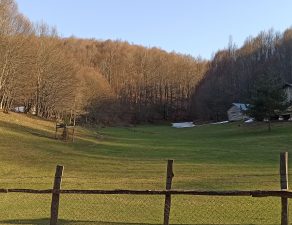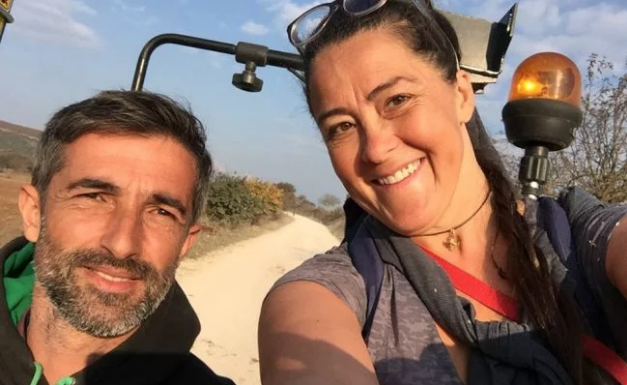One of the key challenges facing denizens on parts of the Lycian Coast was ensuring a consistent access to fresh water. For those towns and villages not located near a fresh water source, human engineering was required to make sure that year-round survival was possible. The Romans mastered the art of aqueduct building to such an extent that cities without nearby freshwater sources not only survived, but also thrived.
Aqueducts work on the principle of water flowing downhill, but sometimes, in places like Patara, with the water source nearly twenty kilometers away, valleys needed to be crossed. When the lay of the land made the building of bridges to support the aqueduct impossible, other solution were needed. The Romans developed an ingenious system of inverse siphons which relied on building up enough pressure on one side for the water to shoot down across the nadir of the valley and up to the other side. The siphon aqueduct at Delikkemer, near Patara is one brilliant example of this that still stands almost 2000 years later.
Kate Clow describes the siphon aqueduct at Delikkemer in this way:
“This section is a small engineering miracle, which proves that the Roman water engineers’ skill and knowledge has not been greatly exceeded in 2,000 years. The water crossed the dry valley by means of a sealed syphonic pipe made of stone blocks, running on a 1.6 metre wide stone wall up to 12 metres high. The pipe is made of socketed interlocking stone blocks each 90 x 90 cm, 50cm thick, and with a 30cm diameter hole. Thus to span the entire 500 metres of syphon, about 1000 bocks were required, each weighing 800kg.Where these were cut, and how they were assembled is unknown. A large number of them are still in place, but others have fallen from the wall or have been destroyed when the wall was breached. The system was designed for easy maintenance! If you examine the fallen blocks, you will find occasional ones with top-holes bored into them. These were for cleaning out deposits, and must have been sealed with a plug when the pipe was filled with water. There were also occasional stones where the socket cutout was extended so that a stone could be slipped out of the pipeline. Without this provision, to replace a faulty stone would have been impossible, as the blocks interlock completely. The pipe joints have traces of a lime cement used initiallyto seal them. However, the whole pipe is now thickly lined with a deposit of pink lime from the water inside it, and this must have quickly sealed any remaining leaks between the stones.”
You will pass by the aqueduct on the trail between Patara and Kalkan. It is a great spot for a picnic lunch (or even to camp) with beautiful views over the Mediterranean.






Write a comment: